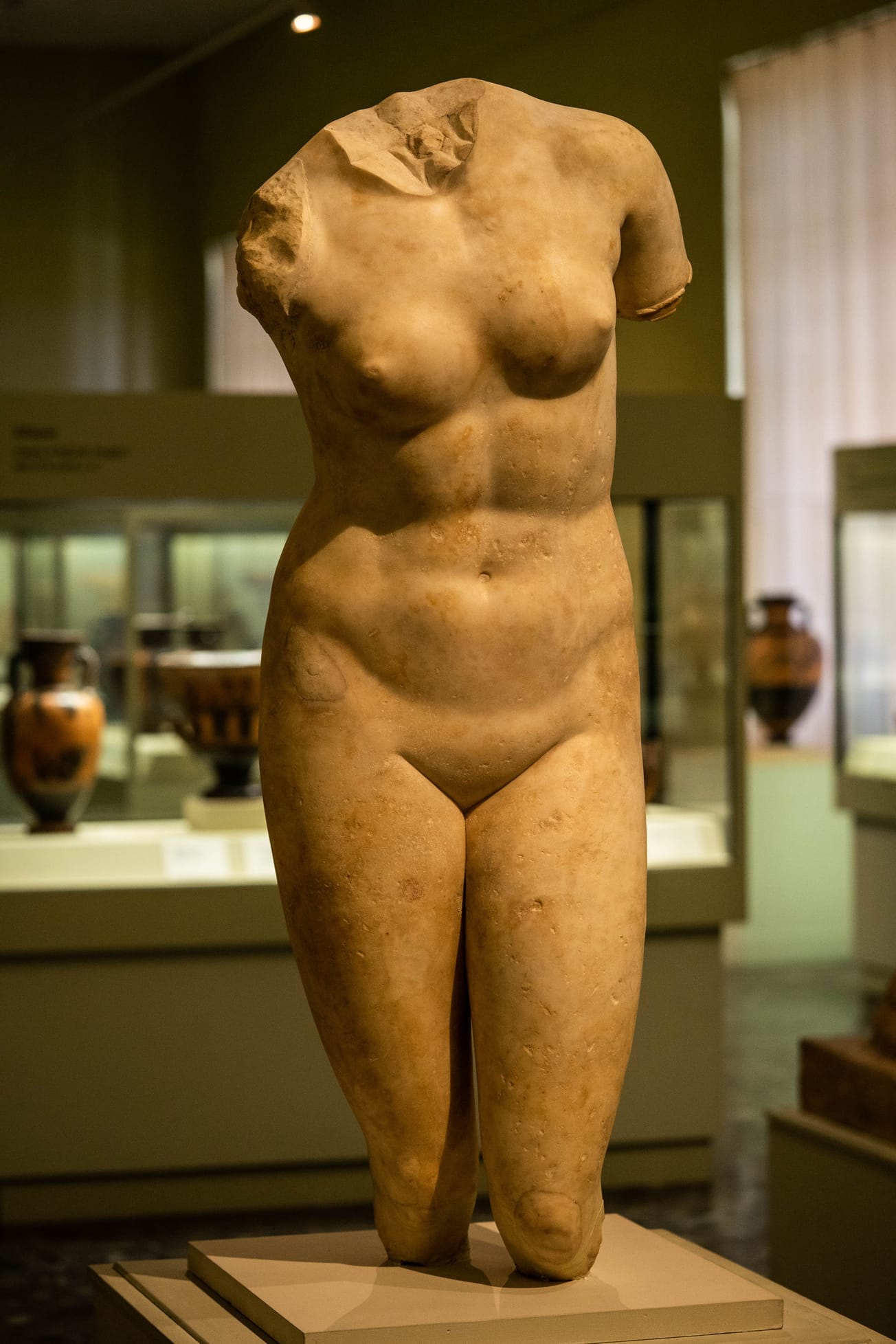By Sophie Brassey, Third Year, Philosophy
The Croft Magazine // No one does Haute Couture quite like Iris Van Herpen. Each runway engulfs you in a world that transcends normality; her gowns bloom an organic presence which only becomes more captivating with each show. With this in mind, Sophie looks back to Fashion Week 2022.
Van Herpen doesn’t just make clothes. She brings to life stories from her atelier in Amsterdam, each dress coming alive like some mythical creature.
Her recent FW 22 collection took inspiration from Greek Mythology, whose characters were stretched out and distorted into 16 beautiful looks. The runway is named ‘Metamorphosis’ after Ovid’s Epic poem and has to be my favourite collection yet. Here are my 3 favourite looks from the show and the incredible story behind them.
Metamorphosis is defined as “the process of transformation from an immature form to an adult in two or more distinct stages'' - the name nods towards the development of Van Hepren’s brand, which she is always pushing to evolve. Van Herpen sits among past creative visionaries such as Charles James, Cristobelle Balenciaga and Elsa Schaporelli, who all re-shaped the concept of Haute Couture. Schiaparelli was the first person to have an atelier and boutique in one building, Balenciaga created sculptural forms which stood away from the body, and James saw fashion through an architectural lens. Van Hepren is continuing to transform the industry by experimenting with fabrics and telling a rich story through her gowns. Haute Couture itself undergoes a metamorphic change.
The show's opening look, named “genesis”, is created from sustainable off-white banana leaf fabric and green satin with gold embellishments. Two fabrics are hung over a see-through corset, as if effortlessly slung over the model. Its name, translating to “origin” in Greek, is fitting for the first gown. Draping references the ancient Greek garment ‘Chiton’, which was fashioned with pins. Here, we can see Van Herpen’s use of sustainable and innovative fabrics, which is a constant theme throughout the show. This dress is reminiscent of Greek gods and goddesses - the gold glaze gives the dress a holy feel, as if the material itself is radiating a warm glow.
White ribbons stitched into black glass-organza panels show the face of Narcissus. The young Vman, who is written into Ovid’s poem, has unimaginable beauty, but is dismissive of those who admire him. The Greek goddess ‘Nemesis’ decides to punish Narcissus by tricking him to look into a lake, and see his own reflection. He becomes drawn to his appearance so much so, that he finds it impossible to look away, and eventually dies. The dress tells the story of Narcissus through the multiple beautiful faces sewn into the garment - two panels sandwich the model's face, metaphoric of Narcissus being trapped in an obsession of his own beauty. The suspension of the garment from the body reflects losing your sense of self due to self-obsession, and the contrast of the colouring is symbolic of how contradictory this may seem. I love the structure of this gown, and how it completely immerses its wearer, taking centre stage.
The show’s final gown was based on the tragic love story of Apollo and Daphne. Daphne was the first true love of Greek God Apollo; he was overcome with obsession and desire, and followed her everywhere she went. However, his unyielding love was only met by disgust. Daphne was sworn to virginity. She was repulsed by him, only growing to hate Apollo the more he desired her. Apollo’s love fell upon Daphne like a curse, and she spent her life running from him. In the end, when Apollo eventually catches Daphne, she turns herself into a Laurel tree - choosing death over unwanted love.
“So the virgin and the god: he driven by desire, she by fear. He ran faster, Amor giving him wings, and allowed her no rest, hung on her fleeing shoulders, breathed on the hair flying round her neck. Her strength was gone, she grew pale, overcome by the effort of her rapid flight”
The dress, created from transparent white silk, is framed by laser-cut leaves. We can see the exact moment Daphne transforms herself into a laurel tree; foliage grows from the models hands, and wraps around her ankles. Much like Daphne was imprisoned by Apollo’s lust, the dress traps its wearer. The angelic gown appreciates Ovid’s sinister yet beautiful poem. Like many tragic stories today, a woman’s freedom is stolen by a man’s lust. Daphne was forced to hand over herself to nature, who appreciated her beauty in full, representing her in a tree which could not be violated by Apollo. Traditionally, the final looks in Haute Couture shows are reserved for wedding gowns. By saving this last look for a white dress Van Hepren questions our long-established views on relationships, reminding us that love stories do not always end with a happily ever after.
Featured image: Emily Fromant
A fan of Van Herpen's collections? Let us know!









